What Now? How to Choose the Right Leadership Move When It Counts
You’re mid-meeting. The tone shifts. The stakes rise.
All eyes land on you.
You didn’t plan for this moment, but it’s here.
That’s when the question surfaces: What now?
The leaders I coach have all been there. So have I. It can feel like a split second and an eternity at the same time.
How you respond may shape your credibility, your leadership brand, and the results that follow.
In moments like these, leadership isn’t about having all the answers. It’s about choosing the right move for what’s unfolding.
Why the Right Move at the Right Moment Changes Everything
Think about a carpenter. A hammer works wonders for nails. But try using it on a screw, you’ll do more harm than good, and you won’t get the job done.
Leadership works the same way. Coaching, storytelling, facilitation, decision frameworks, they’re all tools. The challenge is knowing which one fits the moment.
The wrong tool, even with the best intentions, can lead to missed opportunities, disengagement, or even conflict. The right one shifts energy, unlocks new thinking, and creates alignment.
The PIVOT Framework: A Simple Way to Lead Under Pressure
When you find yourself in a pivotal moment, don’t panic. Pause. Take a breath. Even a few seconds can bring clarity.
I’ve refined a simple decision lens I call the PIVOT Framework. Over time, I’ve seen it help leaders move from reaction to intention, especially when the pressure is on.
Use this process to formulate a clear response, no matter what the moment throws at you.
PIVOT like a pro.
P — Pinpoint the Problem or Possibility
Clarity is key. What’s come up that’s driving the need for change? Is this a problem to solve or an opportunity to pursue? Identify the gap between where you are now and where you want to be. Key question: What is prompting me to consider a pivot right now?
I — Identify the Need and Investigate the Impact
Not every moment calls for a decision. Sometimes the real need is space, perspective, or values reinforcement. Gather facts, data, and perspectives to understand the consequences. Consider the financial, operational, emotional, and reputational effects of staying the course versus changing direction. Key question: What will happen if I act? What will happen if I don’t?
V — Verify the Vision Alignment
Check that your decision aligns with long-term goals, values, and core mission. A pivot should move you closer to your vision, not just be a quick reaction. Key question: Does this move support the bigger picture?
O — Outline the Options
Once you understand what the moment calls for, list possible paths forward. Think beyond the obvious. Consider creative or hybrid solutions. Identify risks, rewards, and resources for each. Key question: What options are available to me, and which create the best possible outcome?
T — Take Purposeful Action
Choose your direction. Commit. Move. Clarity builds confidence. Hesitation breeds doubt. Set clear milestones to track progress, and stay open to adjusting as new information emerges. Key question: What is my first clear step toward making this pivot real?
Don’t Let One Leadership Style Define Every Moment
Many leaders have a go-to move they use in almost every situation. It feels safe, but it can limit your impact.
If you’re always in problem-solving mode, you miss chances to empower others. On the other hand, if you’re always in coaching mode, you might delay critical decisions.
The lesson? Agility matters. Familiar tools aren’t always the right ones. Great leaders know when to step in with authority, when to hold space, and when to guide from the sidelines.
How to Expand Your Leadership Toolkit Before You Need It
If you want to be ready for the moment that matters, start building your toolkit now.
- Learn and Practice New Approaches: Attend leadership programs, read widely, and experiment in low-pressure settings.
- Ask for Feedback: Ask your team and peers where you shine—and where you could stretch. Their input helps you see when your current tools work and when they don’t.
- Reflect on Key Moments: After a high-stakes meeting or decision, take a few minutes to reflect and evaluate. What worked? What would you do differently next time?
When the Moment Comes, Be Ready
The vital leadership moments rarely arrive with a heads-up. They show up in the middle of your busiest day, when you least expect them.
But if you’ve built your toolkit and learned how to PIVOT with intention, you’ll be ready.
So the next time you hear that question—What now?—pause. Choose the move that fits. That’s how leaders turn pressure into progress.

Lisa L. Baker is the Founder of Ascentim, an award-winning coaching and leadership development firm that helps high-achieving professionals lead boldly and live fully. Drawing on over two decades of Fortune 500 experience and her signature G.R.O.W. framework, Lisa guides clients to unlock their area of greatness—where strengths, passions, and purpose align. Her belief? “When we lead from our greatness, we are our most powerful, authentic selves.”

